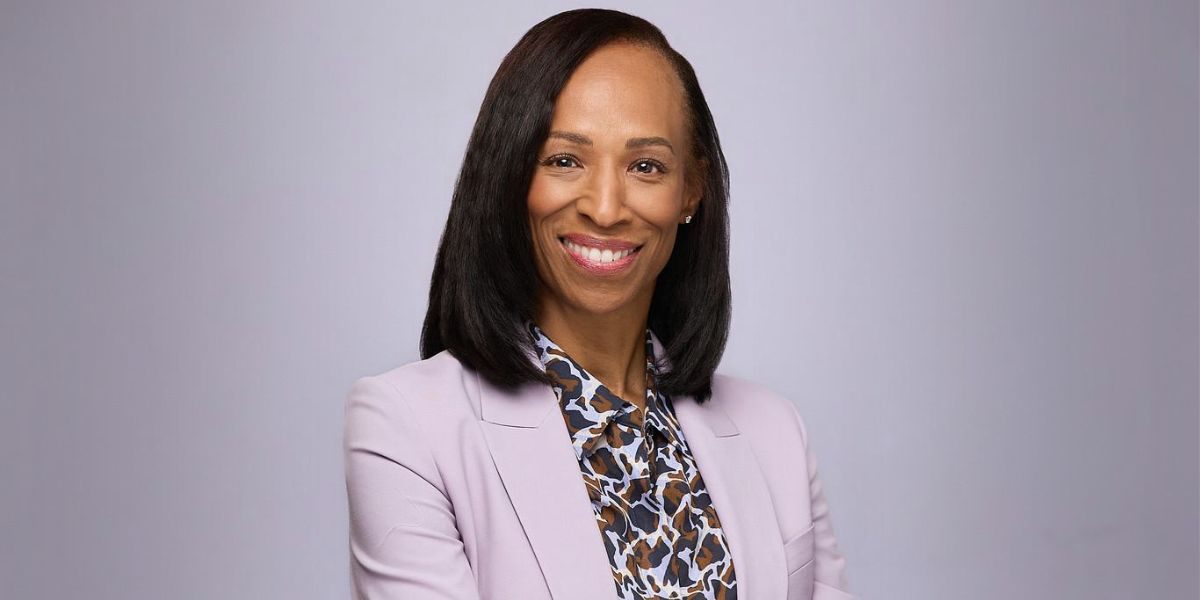By: Natalie Johnson
When people think of technologies like artificial intelligence or quantum computing, they often imagine corporate labs or university campuses – not rural schools, local libraries, or small-town health clinics. But according to MCNC President and CEO Tracy Doaks, that’s precisely where these technologies need to land next.
Doaks leads MCNC, a nonprofit that operates North Carolina’s statewide middle-mile network. The organization connects thousands of public institutions across all 100 counties, including K-20 schools, libraries, health clinics, and local governments.
Under her leadership, MCNC is aiming to prepare these systems not only for today’s needs, but for the technologies that will help define tomorrow.
Investing In The Future
With a career that spans public-sector IT, broadband strategy, and statewide cybersecurity, Doaks has always been attuned to how rapidly technology evolves. She also understands that the pace of innovation often outstrips access, especially in rural communities.
That awareness drives MCNC’s long-range strategy: focusing not on near-term upgrades alone, but on targeted investments that support the infrastructure demands of AI, quantum computing, and other future-facing tools.
This includes increasing fiber capacity, reducing latency, and enhancing security for real-time, high-volume data environments.
Doaks has emphasized that some communities can’t wait until new technologies are widespread to start preparing for them. Infrastructure needs to be in place before those innovations arrive, so that those who need them most can hit the ground running when that final connection is made.
Quantum, AI, And Public Infrastructure
MCNC is already working to ensure that the state’s public digital backbone can support these emerging technologies.
Whether it’s precision medicine, advanced research, or smart agriculture, many future applications will rely on networks that are fast, secure, and deeply integrated across regions.
Doaks sees this work not as a luxury, but as a necessity, especially for rural areas that risk being left behind. For her, AI and quantum capacity will close the digital divide; preparation, therefore, is an act of equity.
Innovation With Inclusion In Mind
At the heart of MCNC’s approach is a belief that infrastructure must be built with people in mind. The organization doesn’t just expand fiber, it builds partnerships with educators, health care providers, and local leaders to understand what future-readiness means for their communities.
With people at the heart of these innovations, Doaks has long advocated for digital literacy and workforce development as part of infrastructure planning. She believes that access alone isn’t enough; communities also need the tools, knowledge, and confidence to use what technology makes possible.
That perspective is especially relevant as AI reshapes learning, hiring, and health care. Preparing networks is just one part of the equation. Preparing people is the other.
Infrastructure For All – Not Some
At MCNC, preparing for future technologies means looking beyond fiber and hardware. It means creating infrastructure that strengthens communities, supports public missions, and keeps pace with rapid change.
Whether it’s defending against next-generation cyber threats or enabling breakthroughs in AI and quantum, the work is about readiness for everyone.
For Tracy Doaks, true innovation means building a future where no community is left waiting for access, security, or opportunity.
Disclaimer: The information presented in this article reflects the views and experiences of Tracy Doaks and MCNC as of the publication date. While the article discusses emerging technologies and infrastructure efforts, it does not guarantee specific outcomes or results. The future applications of AI, quantum computing, and other technologies mentioned are based on current trends and expectations, and actual developments may vary. The content is for informational purposes only and should not be construed as professional advice or an endorsement of specific products, services, or technologies.

















